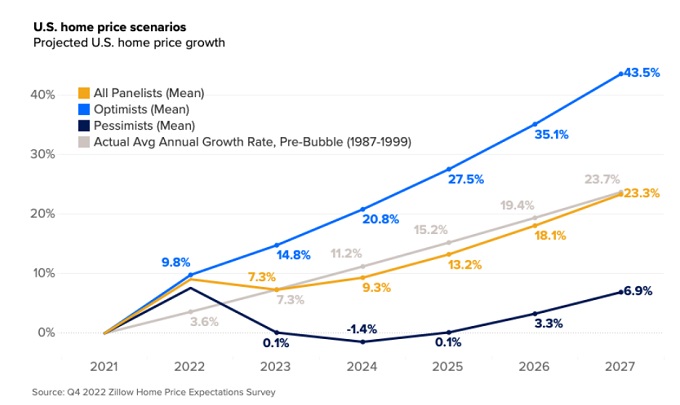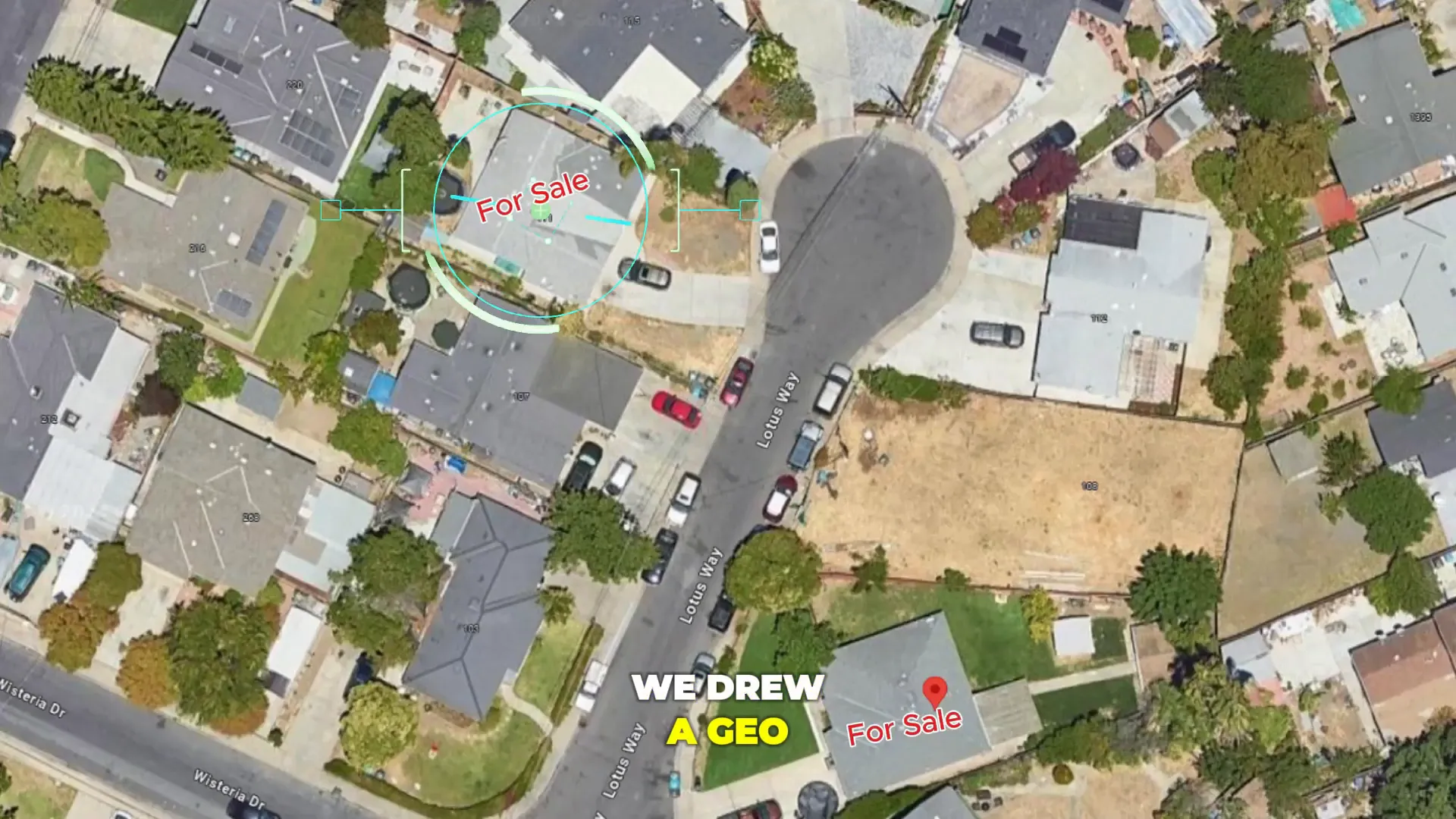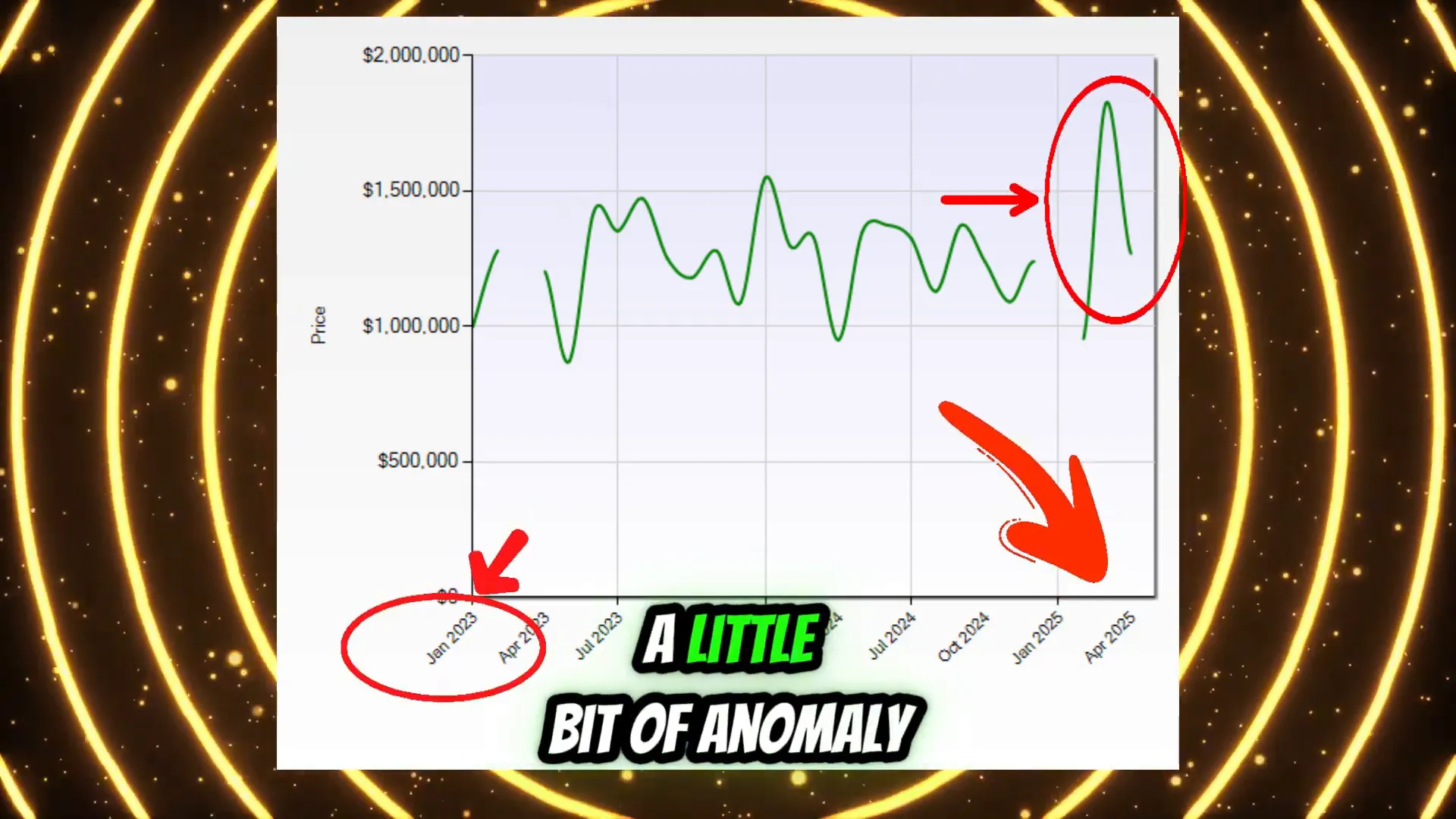Rising or Falling: The Prospects of Home Prices in 2025

Overview of the Home Prices Trend
With the world buzzing from changes in work environments and lifestyle preferences, home prices have followed suit. Over the past few years, we've seen notable increases in home prices across many regions, driven by factors such as low interest rates and heightened demand.
This trend leaves many wondering: will these prices hold in the face of economic uncertainties?
Importance of Predicting Home Price Movements in 2025
Understanding home price movements in 2025 is crucial for various stakeholders, from aspiring homeowners to seasoned investors. Here’s why:
- Investment Decisions: Helps buyers time their purchases to maximize return on investment.
- Market Insight: Sheds light on potential areas for growth or decline.
- Economic Planning: Supports local governments in crafting policies that address housing affordability.
Being aware of these trends can make all the difference in capitalizing on opportunities or avoiding pitfalls in the real estate market.
🏡 Looking for your next home or investment? Click here to browse Bay Area properties and find the perfect match!

Factors Influencing Home Prices
Economic Indicators Impacting Home Prices
Several economic indicators play a significant role in shaping home prices. For instance, fluctuations in interest rates can either encourage or discourage home buying. When rates are low, as we've seen in recent years, buyers tend to rush to the market, pushing prices up. Key indicators include:
- GDP Growth: A robust economy generally boosts housing demand.
- Unemployment Rates: Higher job security boosts confidence in buying homes.
- Inflation Trends: As costs rise, so too can home prices.
Demographic Shifts and Home Demand
New generations drive demand in the housing market. Consider, for example, millennials who are moving into their prime purchasing years.
- Population Growth: Areas with growing populations often see increased demand.
- Changing Preferences: Many younger buyers prioritize eco-friendly homes.
Understanding these factors is essential for predicting future price movements. What resonates today shapes the homes of tomorrow!
📅 Need expert real estate advice? Click here to schedule a call with Graeham Watts and discuss your options!

Regional Variations in Home Prices
Metropolitan Areas vs. Rural Regions
As we dive into regional variations, the contrast between metropolitan areas and rural regions becomes striking. Take a bustling city like San Francisco, where homes can price into the millions, compared to tranquil towns in the Midwest where cozy homes might cost a fraction.
Factors contributing to these differences include:
- Job Opportunities: Cities often attract higher wages and a diverse job market.
- Amenities: Urban areas boast restaurants, shopping, and entertainment that draw homebuyers.
Regional Economic Growth Rates
Regional economic growth rates further explain pricing trends. Fast-growing areas—think Austin—see increased demand, leading to rising prices. In contrast, regions with stagnating economies may face declines.
- Investment Opportunities: Areas with growth show potential for property value appreciation.
- Lifestyle Changes: Economic growth can also attract new residents, bolstering demand.
🏠 Thinking about selling your home? Click here for a free home evaluation and find out your property's worth!
It’s clear that location plays a pivotal role in defining home values, making knowledge of these elements essential for savvy buyers.
Technology's Role in Shaping Home Prices
Impact of Virtual Tours and Online Platforms
In today's digital age, technology significantly influences home prices, particularly through the rise of virtual tours and online platforms. Imagine perusing homes from your couch—virtual tours make it possible!
- Wider Reach: Sellers can showcase their properties to a global audience, increasing competition.
- Convenience for Buyers: Homebuyers can explore multiple listings without the hassle of travel, making quicker decisions.
This tech-savvy approach often leads to higher offers, as buyers feel more confident in their choices.
Tech Solutions for Property Valuation
Beyond buying and selling, technology enhances property valuation. Advanced algorithms utilize big data to assess home values accurately. Key features include:
- Comparative Market Analysis (CMA): Tools that analyze similar property sales to provide real-time valuations.
- Predictive Analytics: These solutions forecast market trends, helping buyers and investors make informed decisions.
As technology continues to evolve, its role in shaping home prices will only grow, making it crucial for buyers and sellers alike to stay informed.
Government Policies and Home Prices
Housing Regulations and Affordability
Government policies play a critical role in shaping home prices, particularly through housing regulations and affordability initiatives. For instance, zoning laws can restrict or encourage development, directly affecting supply.
- Affordable Housing Programs: Initiatives aimed at providing low-income families access to housing can help stabilize prices.
- Rent Control Measures: While designed to protect tenants, these can sometimes deter investment in housing development.
As a result, local policies significantly influence the equilibrium between supply and demand.
Tax Policies and Property Investments
Tax policies further contribute to the pricing landscape. Consider the impact of property tax deductions, which can stimulate home purchases, making them more attractive:
- Capital Gains Tax Exemptions: Homeowners may benefit from selling their principal residence without hefty taxes.
- Investment Incentives: Tax breaks for property investors can create a surge in demand, driving prices higher.
Understanding these governmental influences is essential for navigating the real estate market and making informed decisions about buying or investing.

Forecasting Home Prices in 2025
Data Analytics for Predictive Modeling
As we look toward 2025, data analytics is revolutionizing how we forecast home prices. Advanced predictive modeling leverages vast amounts of information to create precise projections, ensuring that buyers and investors can make better-informed decisions.
- Machine Learning Algorithms: These can analyze historical price trends and identify patterns at lightning speed.
- Real-Time Data Integration: Combining economic indicators with local market trends provides a more dynamic outlook.
For instance, someone using these insights could potentially predict which neighborhoods are set for a price boom!
Expert Projections and Market Speculations
Industry experts also play a crucial role in forecasting. Their insights often encapsulate trends from the ground up:
- Economic Outlook: Experts assess economic conditions, including job growth and interest rates.
- Market Sentiment: Understanding consumer confidence can highlight perceived value shifts, impacting home prices.
Listening to professional predictions can guide your real estate decisions, making it imperative to stay updated as we approach 2025. Being informed today lays the groundwork for successful investments tomorrow!
Risks and Challenges in Predicting Home Prices
Unforeseen Events and External Shocks
While forecasting home prices can be an exciting venture, it’s not without its risks. Unforeseen events—such as natural disasters, political upheavals, or sudden economic downturns—can dramatically impact the housing market.
For instance, consider the rapid decline in home values during the COVID-19 pandemic. Economic lockdowns caught many off guard and led to:
- Job Losses: Many potential buyers pulled out of the market due to financial uncertainty.
- Supply Chain Disruptions: Construction delays impacted housing supply, affecting prices.
These unpredictable events remind us that external factors can quickly shift the landscape.
Limitations of Predictive Models
Furthermore, predictive models, while valuable, have their limitations. They rely heavily on historical data, which doesn’t always account for unprecedented changes.
Key limitations include:
- Data Dependency: Incomplete or inaccurate data can skew projections.
- Static Assumptions: Models may not adapt quickly enough to sudden market shifts.
Understanding these challenges is crucial for anyone looking to navigate the unpredictable world of real estate investment. Even the best predictions can’t account for every twist and turn!

GRAEHAM WATTS
Lic#01466876
📲 650.308.4727
📩 mailto:graehamwatts@gmail.com
🌐https://www.graehamwatts.com
Categories
- All Blogs (314)
- Client Testimonials (19)
- East Palo Alto (81)
- Graeham Watts Home Tours (23)
- Home Buyer's Process (34)
- Home Tours (28)
- Houses for sale in East Palo Alto (13)
- Investing (18)
- Landlord and Tenant Info (9)
- Menlo Park (49)
- Personal (5)
- Real Estate Questions Answered (91)
- Real Estate Tips (86)
- Redwood City (85)
- San Mateo County (10)
- Seller's Process (22)
Recent Posts










GET MORE INFORMATION

